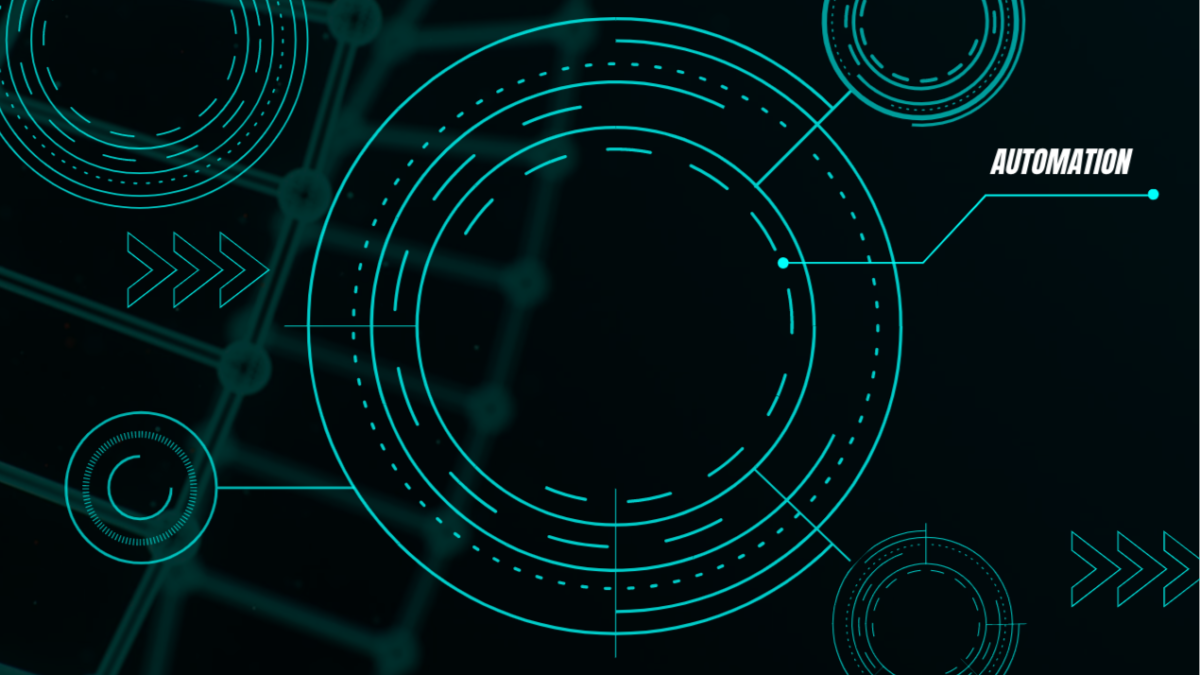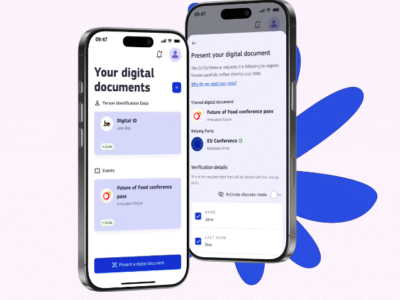With the advent of digital transformation and emerging technologies, one of the features we will see a lot is automation in digital transformation. This is already happening in many businesses and nations. It will continue to happen as people and businesses shift some or most of their manual work to automated technologies. Examples of these are self-driving cars, smart home notifications, robotics, and more. You can find these in different industries.
Automation doesn’t seem like to be equal in all of the examples you have seen. That’s because automation has different levels depending on the purpose of the automation. These levels vary from those that are designed for repetitive tasks (e.g bots) to those designed for advanced tasks (e.g. robots).
READ: 6 Habits of Successful Digital Transformation Risk-Handlers
What are the Four Levels of Automation in Digital Transformation?
Automation Level #1
The first level is simply referred to as the automation of repetitive tasks. With this type of automation, you are simply moving from doing this manually to automatically. This is the first stage of automation for many people and businesses. You can automate repetitive tasks such as customer support, responding to emails, invoice reminders, backing up of files, etc. These tasks are the ones that are very important to you or your business but do not necessarily need you to be active every time.
Automation Level #2
Next is enhanced automation. At this point, you or your business tend to extract information from complex documents digitally. Here, your presence and actions are needed however you can get these tasks done automatically. This is because they are not repetitive but requires advanced processes. An example of enhanced automation is Robotic Process Automation (RPA) with a little bit of Machine Learning (ML). They can handle tasks with advanced inputs. Some examples of enhanced automation are customer order processing, data transfer, call center operations, the closing of fraudulent accounts, digital assistants, and patient registrations.
READ: Three Truths of the Digital Era
Automation Level #3
The next level of automation is cognitive automation. This level of automation is when the ability of computers (and software) are used to identify objects, scenes, and activities in images (e.g. machine vision). This level is an advance on RPA and ML. In most cases, cognitive automation also receives and interprets human language by structuring it and take appropriate action via Natural Language Processing (NLP). Cognitive automation performs seamless interaction between humans and bots. Some examples of cognitive automation are IBM’s Watson and cognitive analytics.
Automation Level #4
The fourth level of automation is intelligent automation. This is a combination of RPA and Artificial Intelligence (AI). This level of automation is mostly used for the purpose of recognizing patterns and learn over time. Machines (or things) learn ways to do a certain activity and after a while, the machine can use intelligent reasoning to take decisions on its own. Intelligent automation augments and mimics human intelligence.
I can’t seem to give clear examples or use cases for intelligent automation. This is because this level of automation is somewhat still emerging.
READ: Four Sources of Digital Value Creation
Conclusion
This post is meant to help you differentiate between the various types of automation. I believe it did already. If you are interested in this topic, you can always learn more about the terms mentioned in this article. Terms such as RPA, ML, NLP, AI, etc.






